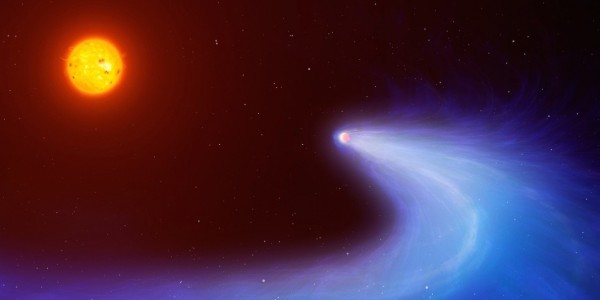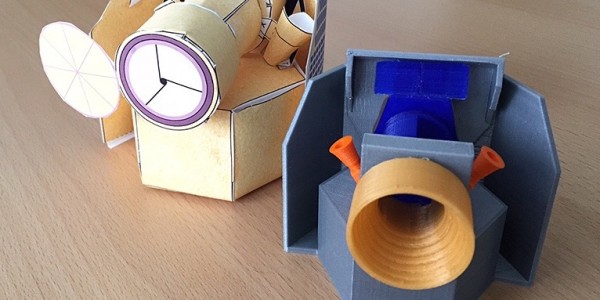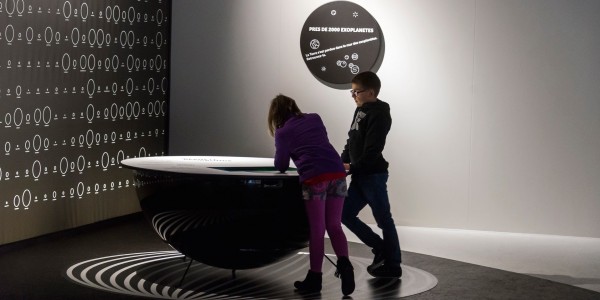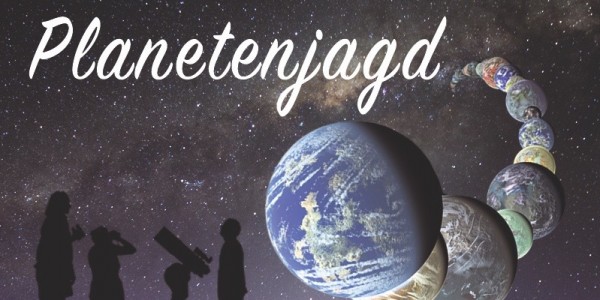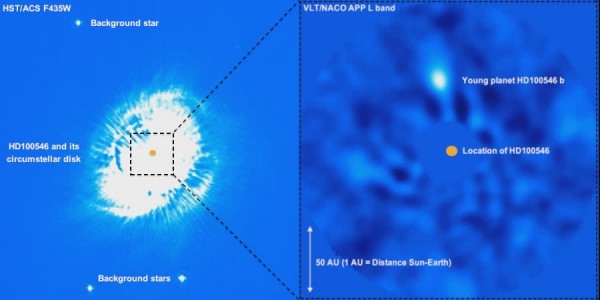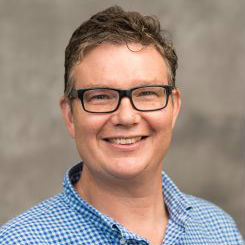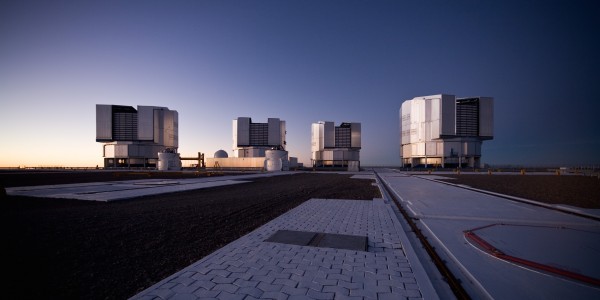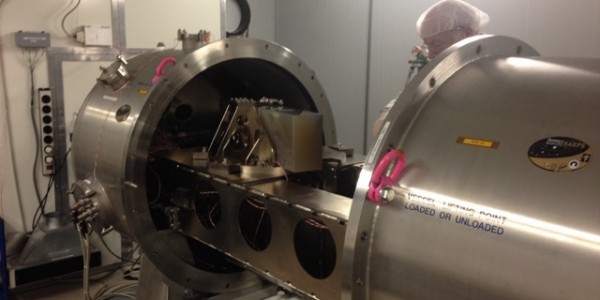Author Archive
What the “comet planet” tells us
Gliese 436b (also called GJ 436b) could perhaps explain the past of our atmosphere and its future. This planet that looks like a comet because of its huge hydrogen tails arouses great interest among several PlanetS astronomers. They have just demonstrated in an article in “Nature” that the hydrogen contained in the planet’s atmosphere is […]
Continue ReadingCHEOPS made with a 3D printer
Real space enthusiasts would like to own at least a model of spaceships and satellites. Until now the ESA space telescope CHEOPS that is realized under the lead of the University of Bern was available as a paper model only. Now you can print CHEOPS on a 3D printer. You may download data files and […]
Continue ReadingA life elsewhere for children
Although its “Exoplanètes” exhibition is aimed to a wide audience, the Natural History Museum of Geneva is also targeting children by offering them exhibition-related activities. As a partner of “exoplanets” the NCCR PlanetS is therefore organizing activities for children entitled “could we live elsewhere” every Wednesday afternoon in August and September. As a first approach, […]
Continue ReadingThe hunt for habitable planets
5 September 2015: Take part in the event «Planetenjagd». How did life originate on Earth? Could life develop elsewhere in the universe? Ask scientists, listen to short lectures, take part in workshops for children and adults – and solve the quiz! Physicists, geologists, biologists, chemists, philosophers and theologians of the «Center for Space and Habitability» CSH, University […]
Continue ReadingThe Birth of a Planet
Astronomers of PlanetS have confirmed the existence of a young gas giant planet that is still embedded in the gas and dust rich disk around its young host star. For the first time scientists are now able to directly study the planet formation process at a very early stage. For a full night a […]
Continue ReadingA commitment to planetary science
By Michael R. Meyer, Leader Academic Platform From where did your passion for planetary science come? Mine came in part from Carl Sagan and the Cosmos television series in the early 1980s. The program seized upon my love for adventure and made the search for life in the Universe seem accessible to someone from a […]
Continue ReadingSuccessful site visit
The tension in the audience was palpable when Prof. Jamie Gilmour stood up to summarize the conclusions reached by the members of the expert panel after their first PlanetS site visit – a two-day process held on May 19th and 20th, 2015 in Bern. With a quiet, almost monotone voice the speaker of the expert […]
Continue ReadingEquality and equity
“We strongly encourage women to apply.” This is definitely not a statement of equal treatment, writes Audra Baleisis, Academic Platform Coordinator Education, Professional Development, and Diversity of PlanetS. With the following essay, she wants to start a lively discussion about a hot topic. By Audra Baleisis, ETH Zurich A few months ago, my attention at […]
Continue ReadingTen times better than HARPS
Developers and future users of ESPRESSO gathered in Geneva to discuss the challenges raised by the new instrument and its outstanding accuracy. By Pierre Bratschi, Geneva While engineers and opticians are busy building ESPRESSO, astronomers and physicists are already asking questions how to use this successor to HARPS. For both groups, the challenge is daunting, […]
Continue ReadingOperation on HARPS’ open heart
In 10 years we have learned to improve the performance of optical fibers including giving them an octagonal shape. A team at the Geneva Observatory built of researchers, opticians, and technicians led by Francesco Pepe, the leader of PlanetS project 3, has decided to replace the conventional fibers that transport the light into the HARPS […]
Continue Reading
